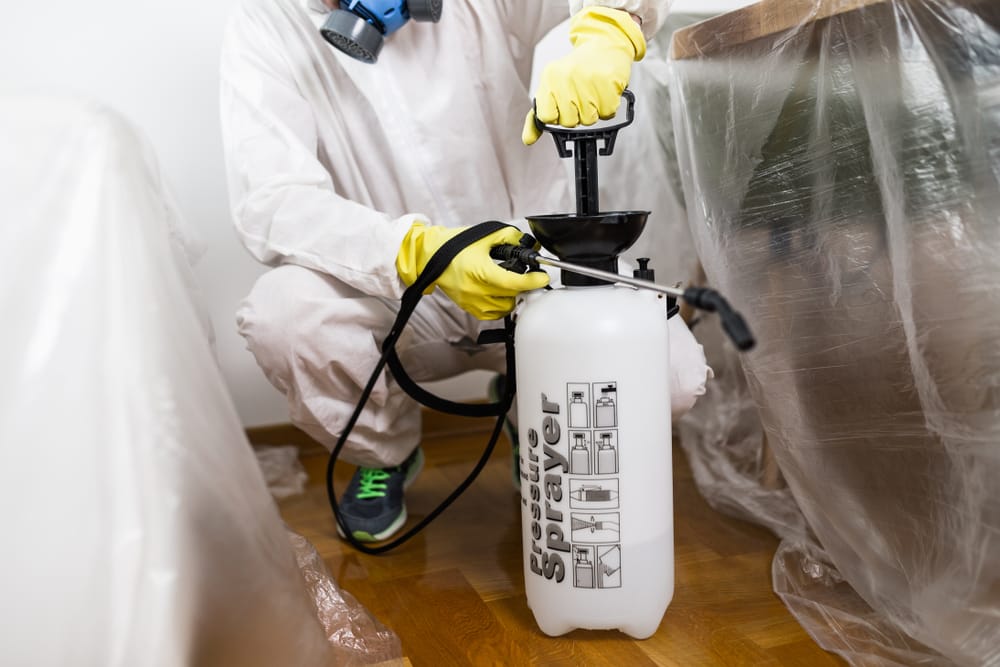What Are the Common Types of Homeowners Insurance?
Having homeowners insurances doesn’t mean that your home and belongings will suddenly be immune to damage or destruction. However, it provides a financial safety net to shield your budget should the unexpected happen. That’s why about 95% of homeowners in the U.S. have homeowners insurance.
But what’s a homeowners insurance policy exactly?
Knowing the various types of homeowners insurance policies will prove useful when in the market for homeowners insurance. It doesn’t matter whether you’re getting it from your first home or switching policies; the information will help you make a more informed decision.
In this post, we’ll be highlighting some of the common types of homeowners insurance you should consider. That way, you can make a better decision on your homeowners insurance.
HO-1
HO-1 is the most basic type of insurance for single-family homes. This policy only covers the house structure and not the object inside the house. It also doesn’t cater to additional living expenses like energy bills.
HO-1 is limited to a list of eleven perils, but the most common ones are fires and lightning. Some of the other perils include hail, explosions, civil commotion, and vandalism. The policy won’t cover anything outside these eleven perils.
HO-1 isn’t very popular with most homeowners because of its limited coverage. However, it’s a viable option for first-time homeowners. It’s also a great choice if you’re on a tight budget because of its affordability.
HO-2
The HO-2 policy covers the building structure and the belongings inside the structure. Some insurance providers cover all your belongings, even those not inside the house. They’ll cover the items in your car and items anywhere else.
HO-2 also covers two more perils than the HO-1 policy damage from falling items and damage from accidental plumbing overflow. The latter comes in handy when accidental overflow damages your electrical appliances.
HO-3
HO-3 is a popular choice with homeowners across the country because it strikes the perfect balance between coverage and affordability. The HO-3 policy is also known as special or extended homeowners policy. The policy covers almost any type of perils except for excluded perils, which include:
- Earthquakes
- Sinkholes
- Mudslides and landslides
- Nuclear disasters
Since these calamities are very rare, most people don’t hesitate about getting an HO-3 policy. However, one downside to the HO-3 policy is that it covers only items inside your home. The HO-3 form details the extent and limits of the personal belongings that it covers.
HO-4
An HO-4 insurance policy is just another name for a renter’s insurance. This insurance covers personal property and also protects against liability. Some insurers may also throw in additional living expenses coverage, but it’s not guaranteed.
These additional expenses mean the insurer will cover your hotel and food expenses while your home undergoes repairs. However, the insurance policy doesn’t cover damage to the structure. This makes sense because, as a renter, you don’t own the structure in question.
HO-5
The HO-5 policy is very similar to HO-3 in the sense that it covers almost any type of peril. However, the HO-5 policy is a tad more comprehensive than HO-3. Due to its comprehensiveness, some might refer to it as the gold standard of homeowners insurance.
HO-5 covers your structure, your personal belongings, medical expenses and also shields you from liability. Like the HO-3, this policy covers all types of perils except those excluded in the policy form.
The downside with this policy is that you’ll have to pay through the nose. Most insurers also don’t offer this type of insurance policy.
HO-6
This is a special type of insurance policy for condo owners. Condo homeowners only own the condo and not the entire structure. As a result, condo associations have their own insurance policy.
With that in mind, an HO-6 insurance policy covers everything inside your condo unit. It also covers additional expenses and liability. It covers most of the perils that the HO-2 policy covers.
In case of any issues with your HOA, you should talk to your homeowners insurance attorney. Sometimes your HOA may try to take you for your ride with hidden insurance payments.
HO-7
The HO-7 insurance policy is specifically for mobile homes like RVs, trailers, and the likes. It’s comprehensive because it covers the structure, personal property, additional living expenses, and liability. However, the degree of coverage depends on the insurance company you settle for.
An HO-7 insurance policy is slightly different from other policy types. That’s because the exterior of your home has an open perils coverage. However, the insurance provider will specify what perils it covers for the interior.
HO-8
Some people own old homes that they may have inherited from their parents or their parent’s parents. If this describes you, then you might want to consider an HO-8 policy. An HO-8 policy covers old homes that are difficult to repair or replace.
Great examples of buildings that require HO-8 insurance include landmark homes and historically significant homes. If your house was built with methods and materials that aren’t available today, then you probably need an HO-8 policy.
The policy covers damage to the structure, personal belongings, additional expenses, liability, and medical payments. The coverage is a named policy that lists down the type of perils the policy covers.
Types of Homeowners Insurance: Pick the Right Policy for Your Home
Now that you know the different types of homeowners insurance, choosing the right one should be a piece of cake. Just make sure you also pick the right insurance company with reliable and comprehensive coverage.
Also, contact a home insurance lawyer should you have any disputes between you and your insurance provider. We have more informative reads for you to feed your mind. Be sure to check out the other pieces on the site.










